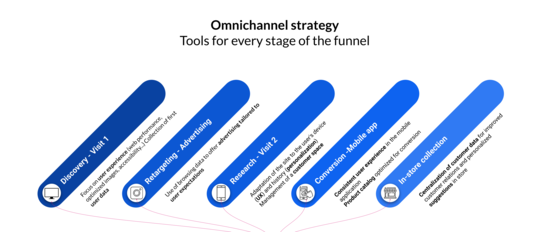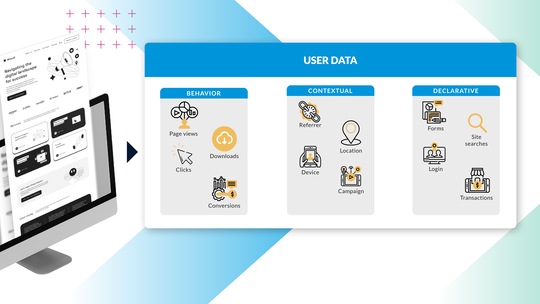Digital Enterprise To Virtual Reality To Physical World: A True 360-Degree Customer Experience
Digital enterprise is going virtual - reality, that is - and customers expect brands to give them the ‘next big thing’ in terms of experience.
However, it only makes sense if brands go beyond the technical aspect of this new media. It should make sense for the customer and deliver value after the wahoo effect of the discovery phase or the customer will abandon that engagement method. Remember what happened to 3D on TV sets - not enough value and complex setup killed the interest. Knowing that virtual reality (VR) headsets are far more sophisticated and heavy (yes, you look like a version of 1984 by George Orwell!) than 3D glasses, you understand the risk.
Up until now, people have only imagined the value of VR in the consumer market (TechRepublic). The opportunity is to use VR to drive demand in the physical world - and the reverse as well (physical world to VR experience).
The VR user experience is one that will likely start small, with free devices and sponsored experiences, such as Star Wars, to test the limits of VR and AR (augmented reality) technology with consumers.
Gartner analyst Brian Blau believes that the public will be very interested in paying for high-quality VR experiences.
“When they put it on you can just really see the light bulbs go off. They get it right away within the first minute or two, they turn their head around. They instantaneously realize, like, ‘Wow! I am transported.’” (NPR).
The essence is that VR is another channel available to brands to get their message out and gain insight from the digital access point of your customer. Today’s VR is at 0 on the scale of 360 degrees but not for long - who knows where it will be tomorrow. The key is to be ready to make the most of new technology to deliver quality experiences for your customers (and Jahia is ready!).
Blau also believes that the quality of content will be a significant factor for customer adoption of VR. That means brands need to focus on content creation and development, provide a way to support user-generated content and enrich shopping experiences.
In other words, enterprises need to integrate all the required content, apps and data to deliver a quality virtual user experience. To use VR to drive demand in the physical world needs a unified digital experience management platform.
Why? Because VR is a huge source of data collection and a new digital way to powerfully engage your customer BUT there are people behind those big data plan. While this is an opportunity to get closer to your customer, you must remember to protect their data privacy.
The power of privacy will, ultimately, help you get closer to your customer. Based on trust, you earn their loyalty and then transform them into brand advocates. For example, your customer would be so engaged that they would share what you are doing with their networks - “the way X (your brand) is showing you what you buy is so cool and efficient that you should see it yourself!".
Despite the advantages that new technology like VR can bring, in the end it must serve the same vision - to put people back in the center of your business. Protecting their data privacy to be trusted by design. Having agility to respond to your customers’ conversations and emerging needs in your marketplace. Understanding your customer with a 360-degree perspective to effectively deliver exceptional customer experiences.
And, as a matter of fact, by having Facebook, Google, Samsung and HTC jumping into that opportunity at the speed of today’s digital age, VR will soon become mandatory and maybe even accelerate as the mobile wave hits brands and becomes dominant. One of our customers, Ben & Jerry’s, discovered after deploying the Jahia Digital Experience Platform (DXP) that 45% of their web traffic in the U.S., and up to 65% in Asia, comes from mobile devices (Huffington Post).
Of course, a VR headset is not as convenient as a phone. But, in the comfort of your home, if the experience delivers a better service, VR and it’s little brother, AR, will soon become as important as mobile in the customer buying cycle for certain industry sectors (if not ALL).
And when it hits your brand, VR / AR better be part of the 360° view of your customer.
The good news is that it can be easy with the right technology.
My team is waiting to help you.


